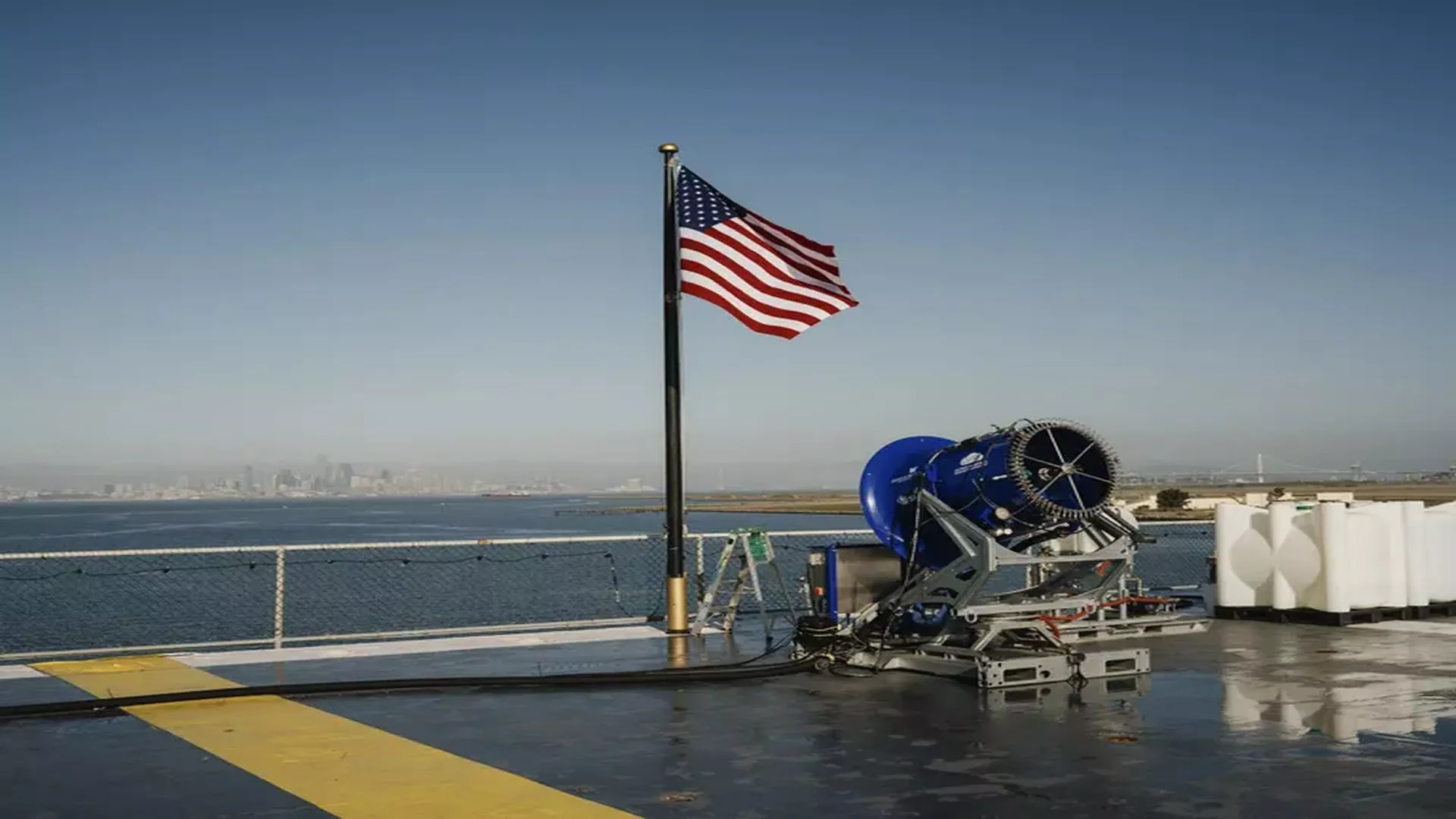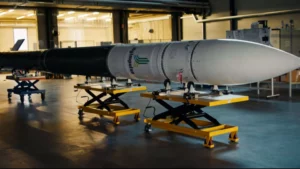HPCL’s Chhara LNG terminal, with an annual capacity of 5 million tonnes, is experiencing additional delays in receiving its first LNG cargo. The problem lies in the deficiencies in the dock defense devices, essential to secure and protect the ship during the docking process, thus avoiding damage to the ship and port infrastructure.
Production levels at the Indian Chhara LNG terminal
HPCL has launched a tender to find a buyer for its maiden LNG cargo, currently on board the Maran Gas Mystras, with a volume of 160,000 m³. The cargo is available for transfer to another LNG terminal in India in the period April 25-30, as HPCL seeks to close the deal at a fixed price after having cleared the necessary customs formalities. The initial purchase was facilitated by Gujarat State Petroleum on March 26.
Alternative ports for offloading include Dahej, operated by Petronet with a capacity of 17.5 million tonnes per year, Shell’s Hazira with 5.2 million tonnes per year, and Gail’s Dhabol LNG terminal, also 5 million tonnes per year. This diversity of options reflects the capacity of LNG infrastructure in the region to handle such contingencies.
Since September 2022, the launch of the terminal has been hampered by problems in the pipeline connecting the terminal to the local gas distribution network. The pipeline, which runs from Lothpur to Somnath in Gujarat, passes through the ecologically sensitive area of the Gir wildlife sanctuary.
Although construction of the terminal concluded in February, a temporary closure is anticipated from May 15 to September 15 for the installation of a breakwater. This will facilitate safe docking during the monsoon season, crucial for continuous year-round operations.
Follow us on social networks and don’t miss any of our publications!





Inspenet.com YouTube LinkedIn Facebook Instagram X
Source and photo: HPCL













